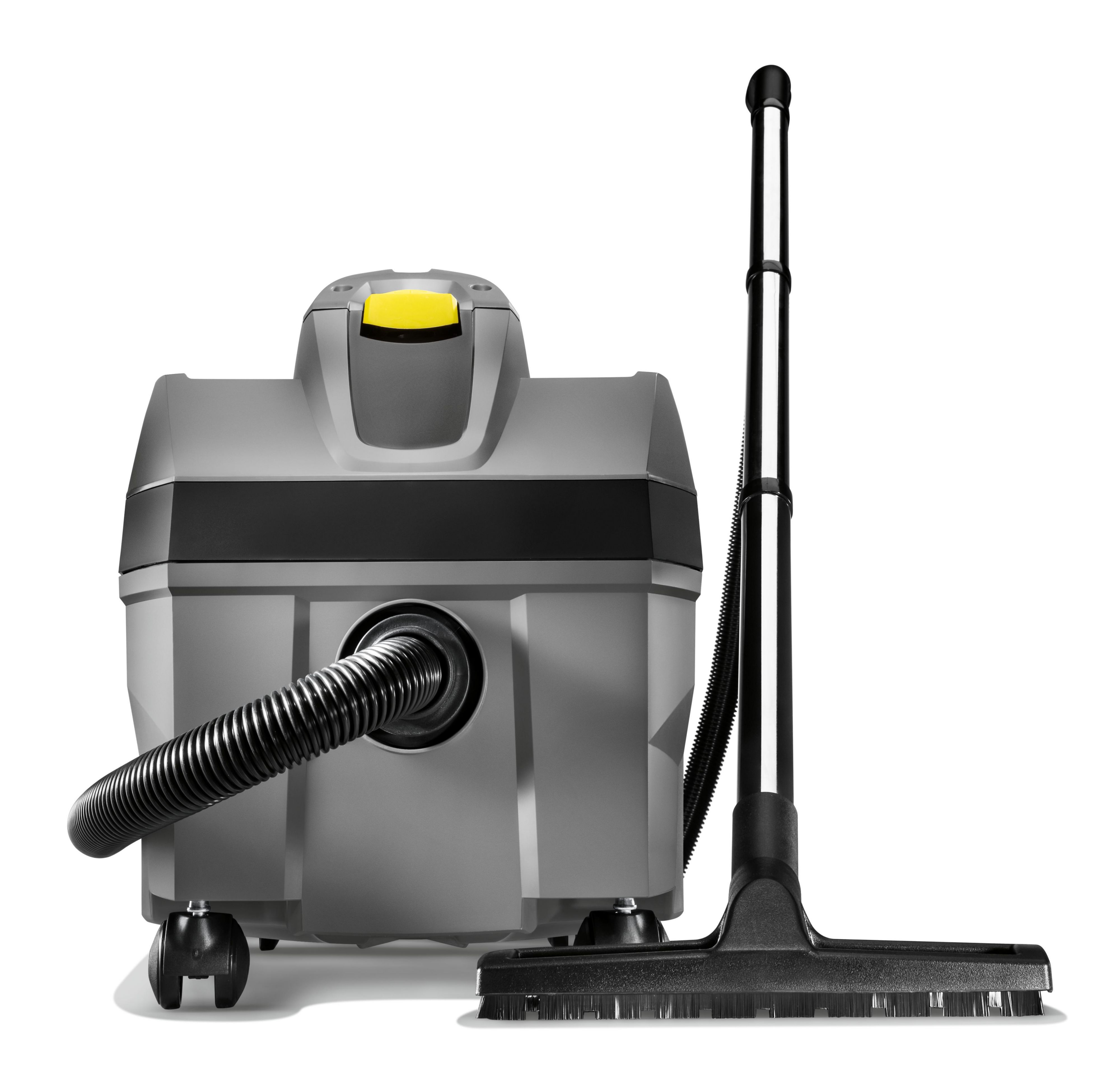The History plus Development in Wet-Dry Vacuum Cleaners
Wet wet-and-dry suction cleaners are a flexible appliance that have transformed the way we approach cleaning tasks in both spaces. In contrast to traditional cleaners, which are typically intended for sucking up dry debris, these machines can tackle a wide range of messes, ranging from liquids to building waste. Their distinctive ability to handle the combination of wet and dry materials has made them an important appliance in multiple settings, including work spaces, carports, and basements.
The development of these vacuum cleaners has been remarkable, reflecting progress in technology and shifts in customer needs. Initially developed for factory use, these cleaners have progressively become more available to residential users, leading to a notable rise in their popularity. Understanding the history and evolution of wet dry vacuum cleaners provides valuable insight into how advancements have influenced their design, capabilities, and the role they serve in our daily lives.
Initial Progress in Vacuum Technology
The evolution of vacuum systems has its roots in the nineteenth century, when the necessity for effective cleaning solutions solutions became clear during the era of industrialization. Preliminary cleaning machines were cumbersome and complicated machines, relying on steam and afterward electric power to create suction. Such initial devices were primarily designed for professional settings, where their capacity to gather dust and debris rapidly was a significant benefit.
As the interest for household cleaning grew, inventors began to modify cleaning methods for domestic use. The first identifiable vacuum cleaner, invented in the final 1800s by Hubert Cecil Booth, utilized a motorized fan to create suction. This breakthrough paved the way for more portable and user-friendly designs, which made the act of vacuuming attainable to the typical household. The debut of single-use bags in the initial 20th century further enhanced the ease of vacuum cleaners, enabling users to easily collect and get rid of dirt.
With the advancement of components and manufacturing processes, manufacturers began to experiment with different functionalities. By the mid-20th century, the introduction of hybrid vacuum cleaners started to become popular. Such versatile machines integrated the functions of standard vacuum cleaners with the capability to manage liquid spills, making them suitable for various cleaning situations both at home and in professional environments. This transformation marked a significant turning point, as the new technology offered remarkable flexibility and efficiency in cleaning.
Developments in Wet & Dry Vacuum Cleaner Design
The construction of wet dry vacuum cleaners has developed significantly since their inception, with a clear emphasis on optimizing usability and efficiency. Initial models were cumbersome and often cumbersome, making them difficult to operate in different settings. Nonetheless, modern advancements have led to increasingly compact and portable designs, allowing consumers to quickly transport and use these devices in both commercial environments. Manufacturers have integrated ergonomic considerations, ensuring that handles and buttons are positioned for maximum comfort and accessibility.
In further to enhanced ergonomics, the technology incorporated into wet dry vacuum cleaners has also progressed remarkably. Numerous current models come with effective motors that provide increased suction strength, allowing for faster and more efficient cleanup of both moist and dust materials. Tineco vacuum as multi-level filtration systems have become standard, helping to capture small dust and allergens while ensuring that the vacuum maintains peak performance. Furthermore, many units now are equipped with a variety of tools and accessories, equipping users to tackle multiple tasks from intensive cleaning to fine work in tight spaces.
One more significant advancement is the incorporation of intelligent technology into wet dry vacuum cleaners. Intelligent capabilities like customizable settings, mobile app connectivity, and even auditory inputs are becoming widespread. Such innovations not only upgrade user experience but also allow for greater cleaning by facilitating routine tasks. As home automation technology continues to develop, the adoption of these features into wet/dry vacuum cleaners indicates a future where cleaning can be seamlessly incorporated into daily life through technology and connectivity.
Trending Topics and Next-Gen Improvements
The wet dry vacuum cleaner market is currently experiencing a rise in attention due to growing public awareness about sanitation and productivity in household cleaning. Manufacturers are focusing on upgrading the mobility and simplicity of these machines, making them more attractive to both home and commercial users. Features like compact structures, compact sizes, and comfortable grips are emerging as standard, permitting users to move about easily in different spaces.
Furthermore, the integration of technology is transforming the functionalities of wet dry vacuum cleaners. Intelligent systems, such as mobile app integration and voice activation, is rendering these machines more user-friendly. Users can observe cleaning progress and receive maintenance alerts right from their smartphones. Additionally, improvements in suction performance and filtering systems are leading to enhanced efficiency, making them highly effective for both wet and dry messes.
In the coming years, advancements in power technology are expected to play a significant role in the progression of wet dry vacuum cleaners. Cordless designs are gaining traction, providing increased flexibility and removing the hassle of cords. As power longevity improves, we can anticipate more powerful devices that can handle larger tasks without needing frequent recharges. Overall, the future promises a combination of productivity, user-friendliness, and smart features that will likely change how consumers view and use wet dry vacuum cleaners.
